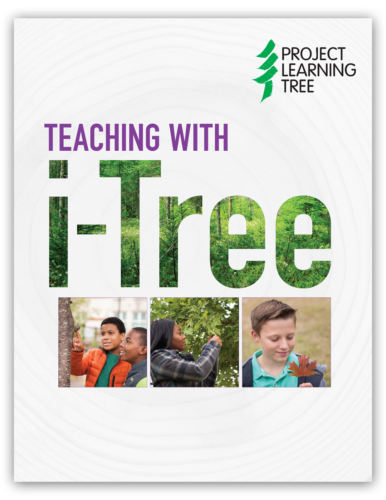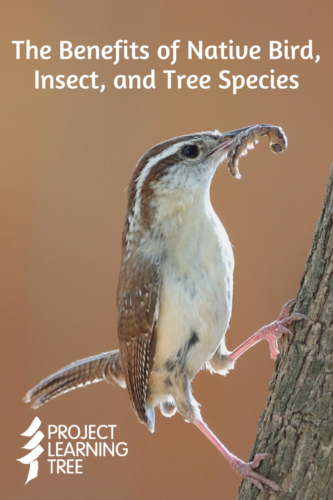 Native species are essential to healthy ecosystems. Native species have had years of evolution to adapt to weather, seasons, and other living things around them. Native birds and insects in particular keep our environments in balance. They touch everything from keeping pests in check to supporting healthy crop yields for the fresh fruits and vegetables we eat.
Native species are essential to healthy ecosystems. Native species have had years of evolution to adapt to weather, seasons, and other living things around them. Native birds and insects in particular keep our environments in balance. They touch everything from keeping pests in check to supporting healthy crop yields for the fresh fruits and vegetables we eat.
Let’s take a look at the importance of native birds and insects in our natural environments and how we can introduce students to these concepts in tangible ways.
Why are native birds important?
Native birds are an important component in balanced ecosystems. They keep populations of insects, rodents, and other critters in check. They pollinate plants and disperse seeds. Their very presence in both rural and urban environments signals solid environmental health. A lack of native birds in a community can signal problems like pollution and other climate change effects that should be addressed to bring ecosystems back into balance.
A healthy native bird population can also be important for human well-being. Birdwatching or listening to birdsongs is an enjoyable activity. Students can develop an appreciation for nature by spending time to observe birds in their natural habitats. It can help them understand the importance of native birds to our ecosystems, and even introduce them to environmental stewardship.
Why are native insects important? 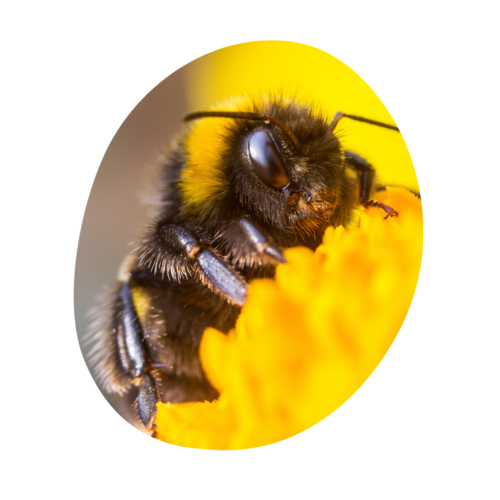
Native insects also contribute to healthy ecosystems. Insects like bees are important pollinators and vital to the survival of many of our crops. Some insect species reduce waste as natural composters of animal and dead plant remains. These insects provide soil aeration and recycle nutrients in the soil.
Others support healthy weed and pest control of insect species that would become too populous otherwise. This is vital to the health of everything we grow for both sustenance and pleasure. Healthy insect populations are also good for birds as many native birds eat insects as their main food source. Fewer bugs mean fewer birds.
How Native Trees Support Native Insects
Native trees are a critical food source for native insects. Many native insect species have evolved to prefer native trees and vegetation over other food sources. Insects also use native trees for shelter and nesting. While some of them may harm trees by boring into their bark, others use trees as an extension of their habitats without affecting the tree’s overall health.
By supporting native insect populations, native trees help maintain the health, resilience, and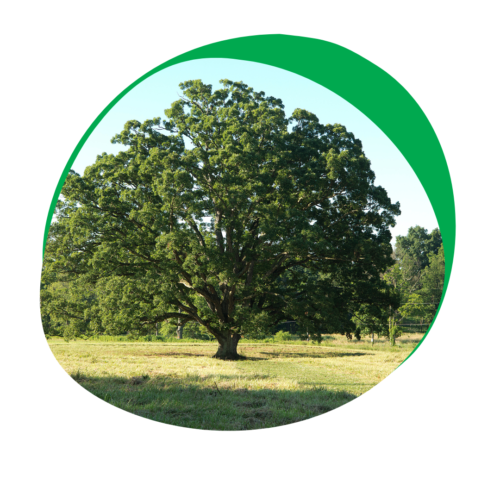 balance of entire ecosystems. In this way, native trees support important pollinators, decomposers, and food sources animals that feed on these insects.
balance of entire ecosystems. In this way, native trees support important pollinators, decomposers, and food sources animals that feed on these insects.
It’s important to teach learners about native species, but it’s also important to introduce them to the concept of invasive species! The next time you are in the forest or other outdoor space, introduce the term “invasive species” to children and discuss its meaning using PLT’s free Invasive Species family activity.
How Native Trees Support Native Birds
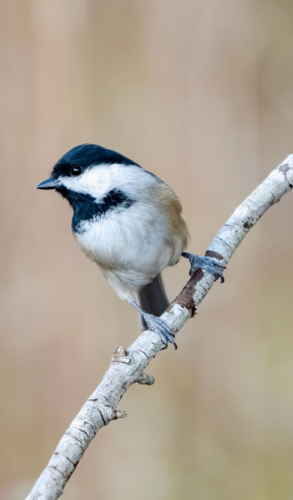 Native trees are a key component of native bird habitats. Different types of trees and vegetation are used by birds for shelter and nesting. Students can observe out in nature—all they need to do is look up to the trees to find evidence of bird activity in the crevices of a mature tree’s bark and along its branches.
Native trees are a key component of native bird habitats. Different types of trees and vegetation are used by birds for shelter and nesting. Students can observe out in nature—all they need to do is look up to the trees to find evidence of bird activity in the crevices of a mature tree’s bark and along its branches.
Native trees also maintain a consistent food supply for birds in a better way than introduced or invasive species can. In a recent study following the Carolina chickadee, a sparrow-sized bird that thrives in forested areas, researchers found that healthy populations of native trees meant better food sources for the birds. The hypothesis is that native trees are better suited for their environments. They’ve had time to evolve and grow accustomed to the seasons, which can mean healthier fruit and insect supplies for feeding birds. Birds have also adapted to having these food sources available. Native species are best for a balanced ecosystem!
Learn more about birds and trees’ symbiotic relationship with PLT and American Bird Conservancy’s Together for Birds activity collection.
Classroom Ideas
It’s easy to incorporate some of these concepts into the classroom to help students develop an appreciation for the natural world around them. Let’s take a look at some fun lessons focused on the idea of native species.
Native Species Research Projects
Introduce resources like the Audubon Native Plants Database to help students learn about native trees in their community. From there, have them investigate why they’re important, including which bird species these trees support. This is an easy activity to turn into a group project if you’d like to make it more collaborative. Student artifacts can come in a variety of ways depending on learning styles, including visual posters and brochures, written reports, and oral presentations.
Native Insect Journals
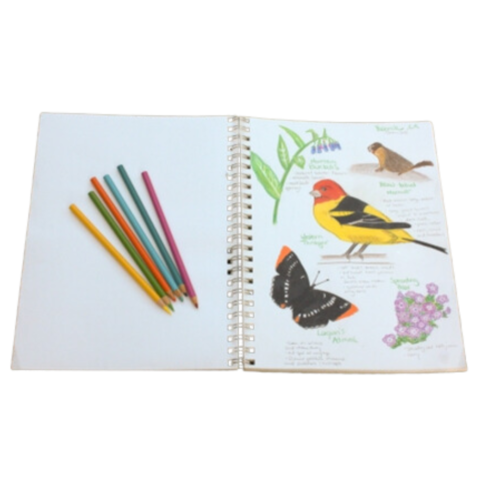
Take a mini-field trip to observe native and non-native trees in the community. Ask students to look for insects on each and record those observations in their field journals (existing spiral or composition notebooks work just fine!). With older students, take it a step further. Do these insects support the native bird populations? How?
Students can share their findings with iNaturalist, an online community of amateur naturalists that supports scientific data initiatives. It will be cool to see their hard work posted online and used by researchers!
Earth Day Extensions
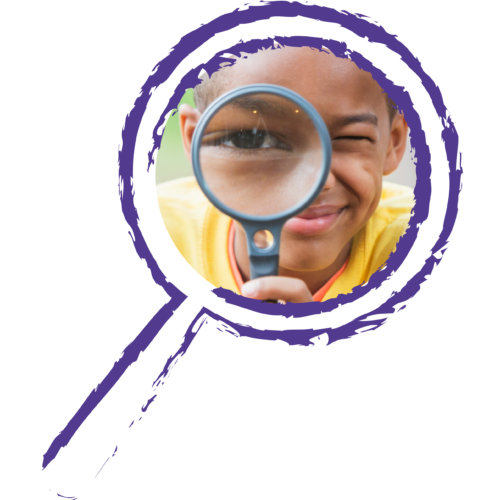
Introduce students to the power of simple actions that can result in powerful change. Vote on a native bird the class wants to help, then learn about the kinds of trees and vegetation that support that species. This can relate to habitat or food for that bird. Make a plan to plant that tree for Earth Day or another day of your choosing. Invite family and community members to the event to spark similar local initiatives.
Sorting Activities
After lessons about native and non-native species in the surrounding area and students’ own observations of both, create sorting games as rapid reinforcement of those concepts. You can do this with native vs. non-native trees, birds, or insects. Focus on one type of native species to start with younger students.
Native Trees & Us
Plan a nature walk on a nice weather day around the school grounds or a nearby park. Ask students to pinpoint both native and non-native trees. Have them note the purpose of those non-native trees.
Are they purely decorative? Do they provide shade or privacy? Back in the classroom, lead a discussion about native trees that could provide similar benefits as the non-native species they uncovered. How difficult would it be to replace non-native species with native trees? Have them work together in groups to come up with a plan.
You can also explore PLT’s Teaching with i-Tree Unit which includes three hands-on activities to help middle and high school students discover and analyze the many ecosystem services trees provide.
Birds All Around Us
Show students images of common native bird species in their community. Have them share their own experiences with these birds, and whether they notice any differences in the species. Compare/contrast songbirds with raptors or waterfowl, depending on the available species.
From here, take a walk outside to see whether they can spot any bird activity. Have them jot down or illustrate their findings about unique bird characteristics in their field journals. Back in the classroom, discuss the most common threats to local bird populations. This may include invasive species if they’ve been exposed to that concept. Ask students to brainstorm ways to protect native bird species.
The Effects of Habitat Loss
Now that students understand the benefits of native species to our ecosystems, they can develop hypotheses about the effects of habitat loss on those population. Older students can brainstorm the role humans play in habitat loss for both native birds and insects.
What can we do to conserve these essential habitats? When human populations increase, how can we mitigate those population bursts with tactics that support healthy bird and bug populations? Have students of all ages think about what may happen when birds or insects no longer have access to their preferred habitats. In the long run, how does this affect us as humans, too?


